Why is disengagement happening at associations?
YourMembership
JUNE 7, 2017
Millennials and generation Y just feel they don’t belong. The year was 2000. The startup that launched in 1998 had outgrown the garage, relocating to a nondescript building in an office park a couple of miles off the highway. Outside that building, on an asphalt parking lot, yellow police tape marked off an area where.





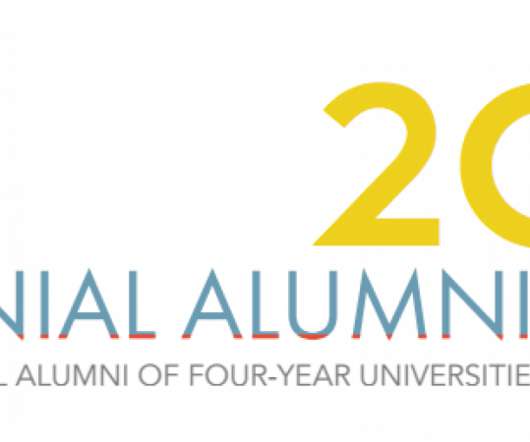





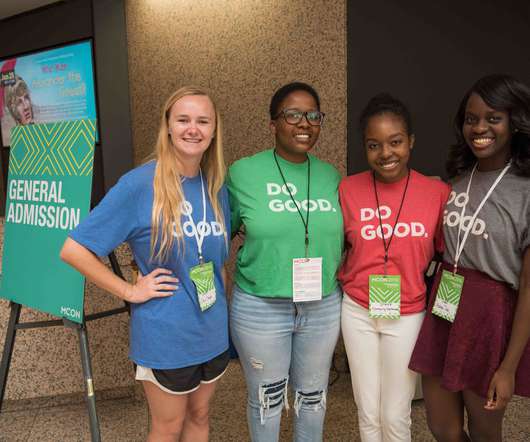











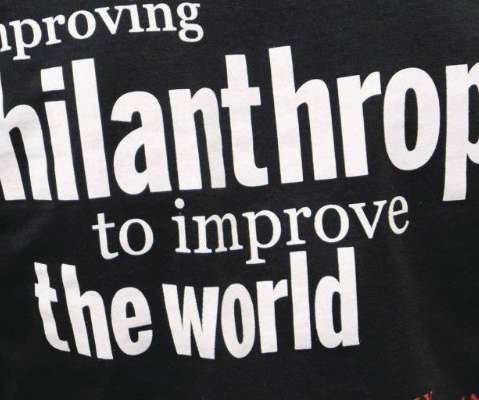



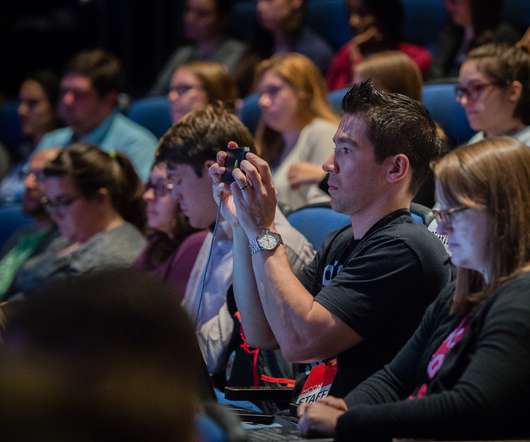
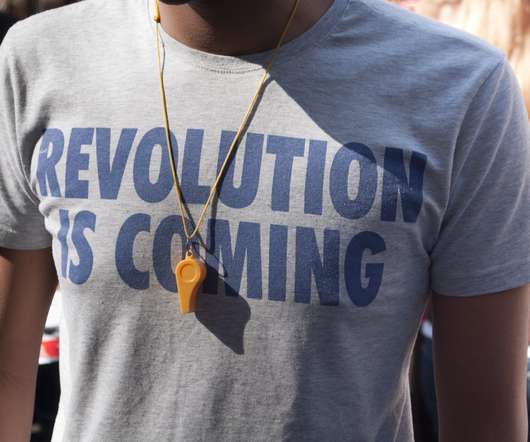

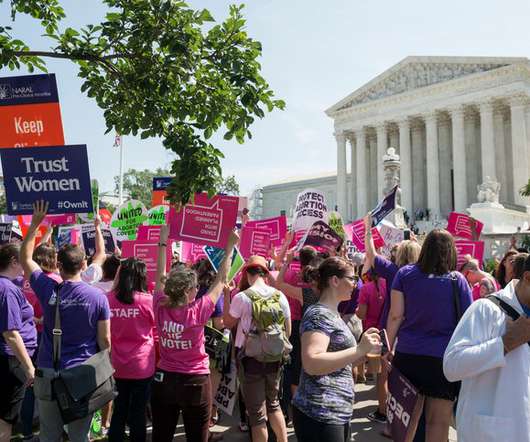








Let's personalize your content